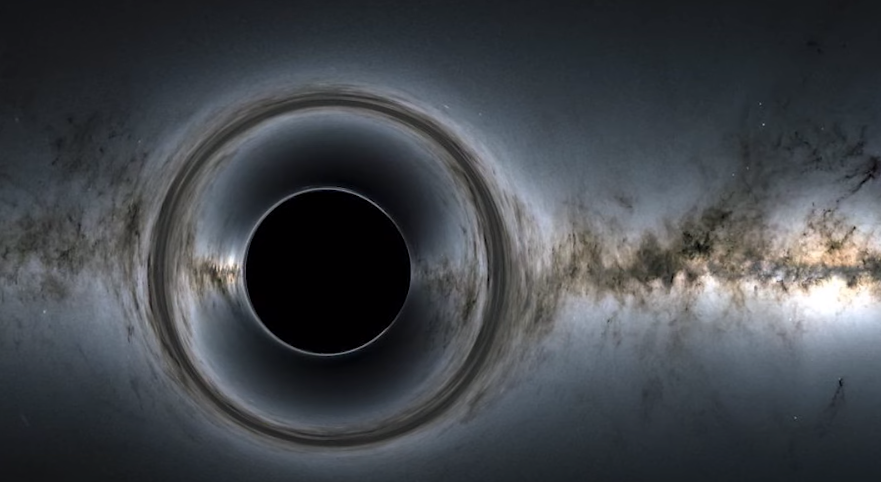Supermassive Black Hole Facing Earth
The new classification of the galaxy as a massive radio galaxy with a diameter of four million light-years was announced in a study published on March 21. After discovering that a supermassive black hole had reversed its course and was now pointing straight toward Earth, a group of researchers from the Royal Astronomical Society classified the galaxy in question.
Black holes shooting energy into space
They tend to avoid ingesting anything that wanders too close. Most of the matter is torn to bits and spun around the black hole at high speeds, creating a heated, donut-shaped “accretion disc.” The constant rotation of this cloud of cosmic dust and gas releases energy and light into the cosmos. Importantly, a few black hole accretion discs have been shown to launch not one but two jets of energy into space. In the deepest zone of black hole accretion discs, “oppositely directed jets of gas often form,” NASA notes.
The black holes at the centers of galaxies are the biggest and most powerful in the universe. It is known as a blazar when one of these black holes is situated in such a way that its jet is pointing in our direction. “It’s more or less pointed straight at you—it’s dumb luck,” Gobeille said.
However, many of the enormous black holes in galactic centers, known as “active galactic nuclei,” aren’t aimed in our direction, so we see them from an off-kilter perspective and may occasionally see both jets shooting into space. Jean Creighton, an astronomer and the director of the Manfred Olson Planetarium at the University of Wisconsin-Milwaukee, compared it to gazing at a peacock from various angles while it displayed its magnificent tail. Different features of a peacock would stand out if viewed from the side as opposed to the front. A Blazar sighting is comparable.
Why black hole blazars are not a threat?
There is an abundance of light in the cosmos, but most of it is outside of the visible spectrum.Large radio telescopes often detect the radio waves emitted by powerful occurrences in space, like stellar explosions. Radio wave measurements also provide astronomers with a peek at the distant activities of black holes, and this old light or energy does not cause any harm. How safe is it? This is a very weak signal. According to Harvard-Smithsonian Centre for Astrophysics postdoctoral scholar and astronomer Yvette Cendes, “the amount of energy collected in the history of radio astronomy is less than the energy needed to melt a snowflake.”
Gobeille emphasized that “they’re lower energy.” The distances to black holes are really large. Recent scientific research has classified the distant galaxy PBC J2333.9-2343 as a blazar. If the entire universe were compressed into the area of the University of Wisconsin—MMilwaukee campus, we would be further away than Caracas, Venezuela. Creighton stated, “There is no reason to worry about a black hole at that distance.”
Conclusion
In the end, it was the jet’s orientation that determined the galaxy’s new classification. Since the beam is directed in our direction, we see a dramatic increase in radio emissions. The power of radio bursts is increasing. Being so powerful that it can be seen over every other radio galaxy in the universe. The reclassification of the black hole and the galaxy (not to mention poor old Pluto) has less to do with an actual or conceptual shift in the object itself and more to do with a shift in our perspective. It’s an insight into our perspective on space and how we interpret the cosmos. Classifications not only reveal interesting facts about the things we classify but also about ourselves. You can’t help but reflect when you’re gazing into the abyss and it’s staring back at you.


















